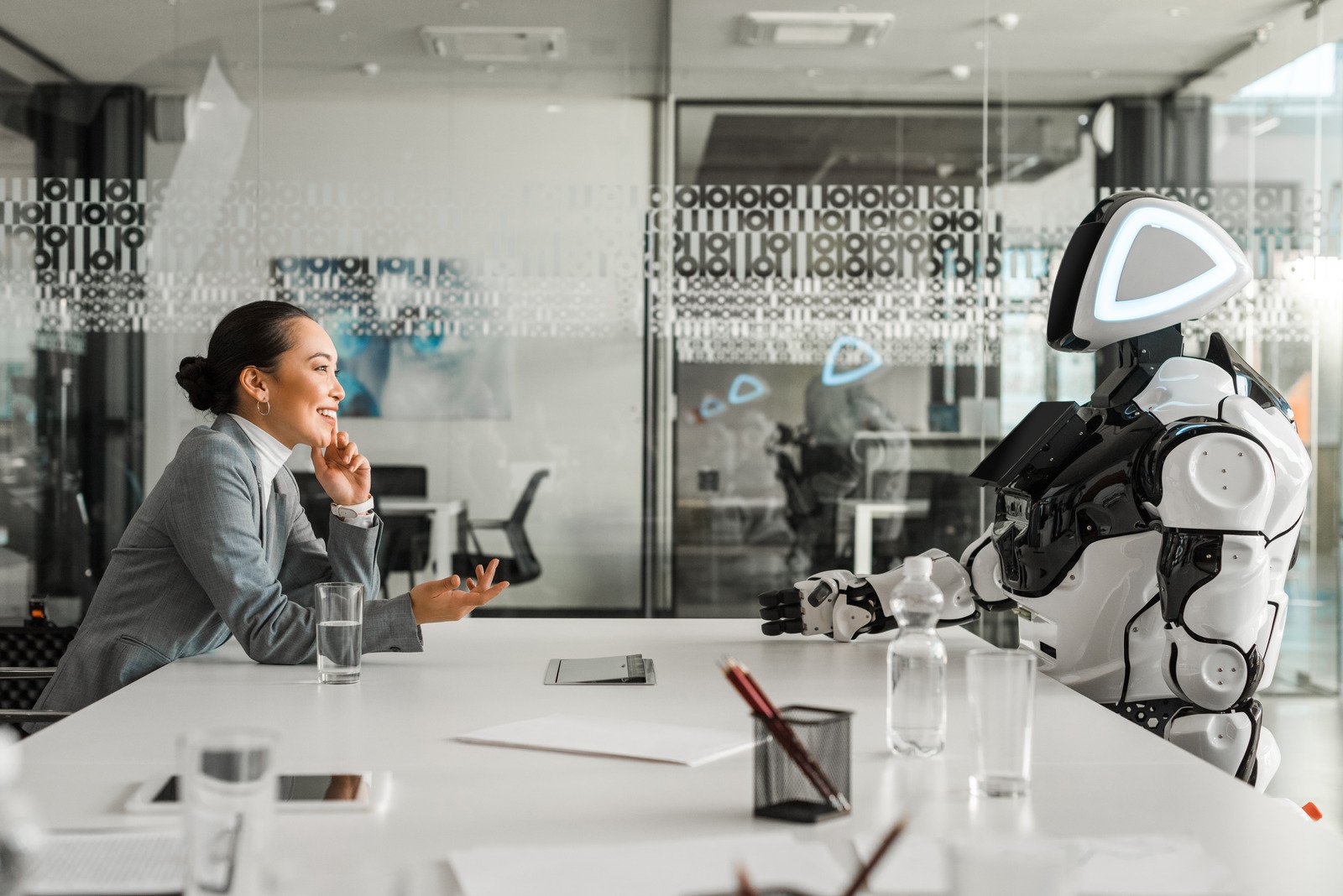AI Human Robot: Blurring the Lines Between Artificial Intelligence and Humanity
Welcome to the article as we step further into 2024! In this exciting time, we delve into the fascinating world of AI human robots. Join us on this journey as we explore the latest advancements and innovations in this cutting-edge field.
The History of Humanoid Robots
Humanoid robots have been a part of science fiction for many years, but they have also been a reality for quite some time.
The first humanoid robot was built by Leonardo da Vinci in the late 15th century and it was called "Leonardo's Robot". However, it wasn't until the 20th century that significant progress was made in creating human-like robots.
The Birth of Artificial Intelligence
In 1956, the term "artificial intelligence" was coined by John McCarthy. This marked the beginning of a new era in technology and robotics.
With the introduction of AI, humanoid robots began to move beyond simple mechanical movements and started to develop cognitive abilities. From there, research and development in both AI and robotics progressed rapidly, leading to the creation of more advanced humanoid robots.
The Blurring of Lines
As AI and robotics continue to advance, the lines between AI and humanity are becoming increasingly blurred. Humanoid robots can now perform tasks that were once only possible for humans. They have the ability to:
Recognize human faces,
Understand emotions,
Learn from experience,
Give Eye Contact and facial Expressions
This blurring of lines has sparked debates about the moral and ethical implications of creating robots that are almost indistinguishable from humans.
Should humanoid robots have rights? Should they be treated with the same respect and empathy as humans? These are just some of the questions being raised.
The Potential Impact of a Robot Citizen
The potential impact of AI humanoid robots is vast and far-reaching. From healthcare to customer service, these robots have the potential to revolutionize industries and improve our daily lives. They can assist with tasks that are too dangerous or difficult for humans, as well as provide companionship to those in need. However, there are also concerns about the impact on the job market. As humanoid robots become more advanced, they may begin to replace human workers in certain industries.
Innovators of Humanoid Robots
There are many companies and research institutes at the forefront of creating humanoid robots. Some notable examples include;
These innovators have made significant strides in developing humanoid robots with advanced AI capabilities.
Hanson Robotics
One example is Sophia, a humanoid robot created by Hanson Robotics that can hold conversations, recognize faces, and express emotions.
David Hanson wants to introduce the world to robot citizens with advanced AI and emotional intelligence. He believes that humanoid robots can help humans become more compassionate and empathetic towards each other.
Boston Dynamics
Another notable company is Boston Dynamics, which focuses on creating bipedal and quadrupedal robots. Their most famous robot is Spot, a four-legged robot that can navigate rough terrain and perform tasks such as package delivery and inspection. Boston Dynamics Atlas is another impressive humanoid robot that can perform tasks such as parkour and gymnastics.
SoftBank Robotics
SoftBank Robotics is known for its humanoid robot Pepper, which has been used in various industries such as retail and healthcare. Pepper can recognize human emotions, engage in conversations, and provide information and assisstance. The company's mission is to create robots that can coexist and assist humans, rather than replace them.
Elon Musk
Elon Musk's company, Neuralink, is also working on developing brain-machine interfaces that could potentially connect humans to AI and robotic technology. This could lead to humans having enhanced cognitive abilities and increased efficiency in completing tasks.
United Nations
The united nations development programme, in partnership with the government of Rwanda, has also launched a project to create an AI-powered humanoid robot called “Urugo” that will assist with healthcare and education in rural areas. The first robot innovation ambassador will be able to perform tasks such as taking patients' vitals and teaching basic literacy skills.
Professor Hiroshi Ishiguro
Robot innovation ambassador, Professor Hiroshi Ishiguro, has also created several humanoid robots that have gained international attention. One of his most famous creations is Erica, a robot with lifelike facial expressions and the ability to hold conversations.
The top humanoid Robots so far include:
Sophia,
Atlas,
Erica,
Asimo,
Pepper
Advanced Humanoid Robot
With the rapid advancements in AI and robotics, we can expect to see even more advanced humanoid robots in the near future. From human-like facial expressions to improved motor skills, these robots are becoming increasingly lifelike. But with this advancement also comes responsibility.
It is important for us to carefully consider the ethical implications of creating humanoid robots and ensure that we use this technology for the betterment of society. Only then can we truly embrace the potential of AI human robots and usher in a new era of innovation and progress.
Exploring Human Robot Experience
As AI human robots continue to evolve, it is fascinating to think about the possibilities of a future where we coexist with these advanced machines. We may see an increase in human-robot interactions and even relationships with humanoid robots.
Imagine a world where you could have a robot companion who understands your emotions, helps you with daily tasks, and learns from your experiences. The blurring of lines between AI and humanity may seem daunting, but it also presents an exciting opportunity to explore the human-robot experience.
Future of the Humanoid Robot
As we continue to push the boundaries of technology and AI, the possibilities for humanoid robots are endless. Experts predict that by 2030, there will be more than 40 million service robots in use worldwide. These robots may become a common part of our everyday lives, enhancing our experiences and transforming industries.
The future of humanoid robots is still unknown, but one thing is for sure - they will continue to captivate our imagination and push the limits of what we thought was possible.
The potential for progress, innovation, and positive impact is endless – all thanks to the remarkable advancements in AIs and robotics, and the visionary minds of innovators around the world.




















